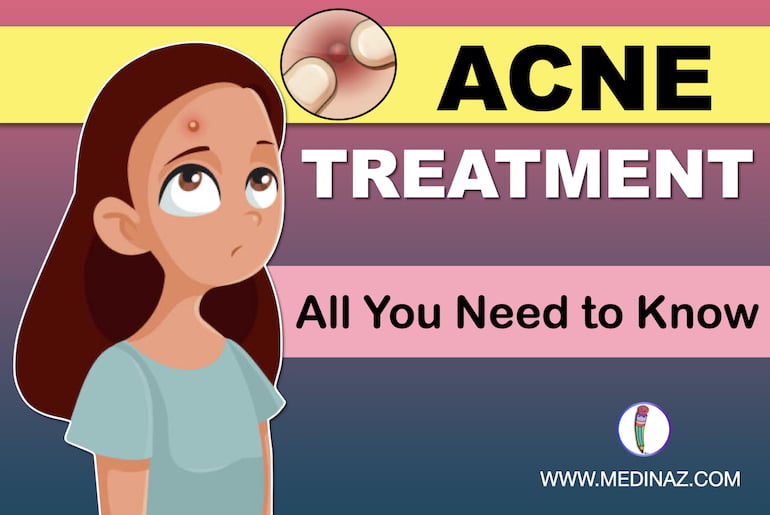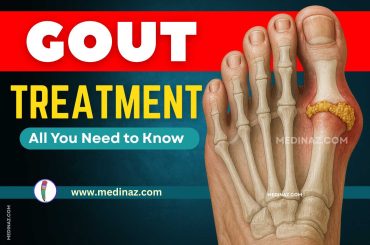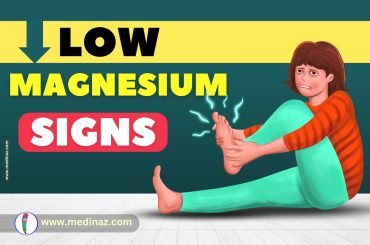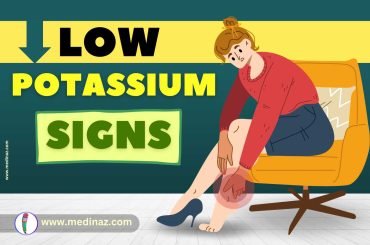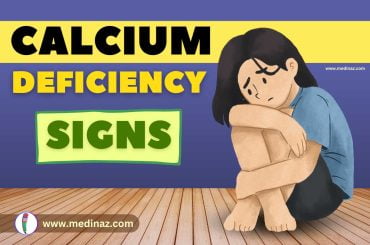Acne treatment: Know all the available options like oral medicines, topical cream, laser treatment, chemical peel, graft, steroid injection.
Every one of us wants a good flawless skin, and having an acne just a nightmare. Therefore, Knowing what causes acne will certainly help us to prevent it from worsening.
The treatment of acne is challenging and often chronic. Topical creams applied directly onto your skin may not show immediate result. Instructions vary depending on your doctor and the severity of your acne and various other factors.
Combinations of therapies are available that can effectively control acne activity.
Topical therapies, systemic antibiotic medications, isotretinoin.
Table of Contents
Topical therapies for acne:
Single topical therapy or a combination therapy along with other topical agents or in combination with oral antibiotics can treat Acne vulgaris.
Few of the topical therapies used in the treatment of acne are:
1. Topical retinoids for acne:
They are also called as comedolytics obtained from vitamin A. Topical retinoid are available in the form of creams, gels and lotions.
Topical retinoids are used as monotherapy or in combination therapy along with other topical or oral antimicrobial agents. They have anti-inflammatory properties that can stop the development of new acne lesions, and increases cell turnover, and unclog the pimples.
- Tretinoin- eg. Avita, Retin-A, others
- Isotretinoin
- Adapalene- Differin
- Tazarotene- Tazorac, Avage, others
Topical retinoids increase your skin’s sun sensitivity so sunscreen lotion should be used if applied during day time. So mostly it is advisable to use it at nighttime. They can also cause dry skin and redness, especially in people with skin of color. Adapalene has no photosensitivity, so it may be well tolerated.
2. Benzoyl Peroxide for acne:
Benzoly Peroxide is available in cream, gel, and lotion form. It has anti-microbial, anti-inflammatory and comedolytic property (it prevents the formation of comedones, & blemishes). It is useful in the treating of the inflammatory acne like papule, pustules, and cysts. BP decreases the activity of the sebaceous gland and reduces the oil production on the skin.
3. Azelaic Acid and salicylic acid in acne:
Azelaic acid is available in the form of gels and creams for topical application. It has antibacterial property that helps to kill acne causing bacteria. It also helps in rapid skin regeneration, reduces pimple and blackhead formation.
Salicylic acid helps in reducing acne by exfoliating the skin and keeping the pores clear.
It is available as both wash-off and leave-on products. It penetrates into your skin and dissolves the dead skin cells clogged in your pores. Higher concentration of Salicylic acid is also used as a peeling agent for the treatment of acne.
4. Dapsone for inflammatory acne
Dapsone in the gel form and can be applied twice daily to treat inflammatory acne. It has some side effects like redness and dryness.
Oral Medications for Acne Treatment
1. Oral Antibiotics: Tetracycline for Acne treatment
The oral antibiotics are useful in the treatment of moderate to severe acne to reduce bacteria and also to treat the acne which did not respond to topical therapies.
Usually the first choice for treating acne is Tetracycline, doxycycline, minocycline, erythromycin, and azithromycin.
Oral antibiotics should be used for the shortest time possible to prevent antibiotic resistance. And they should be combined with other drugs, such as benzoyl peroxide, to reduce the risk of developing antibiotic resistance.
However, there are certain side effects of erythromycin and tetracycline like photosensitivity, vulvovaginal candidiasis, and gastrointestinal irritation. Also, tetracycline has got another side effect like permanent bone and tooth pigmentation.
2. Oral Isotretinoin for acne:
Isotretinoin is a derivative of vitamin A; used to treat moderate to severe acne that hasn’t responded to other treatments. It decreases sebum production, and the formation of comedeons. It also has anti-inflammatory property. Systemic isotretinoin has side effects like teratogenicity, dryness of skin, lips, nasal passages and eye. But, most of the side effects can be tolerated and treated.
Women who are pregnant or who are planning to conceive must not take isotretinoin. It can cause birth defects. Isotretinoin can also cause miscarriage or premature birth.
3. Hormone Based Therapy for Treatment of Acne:
Hormonal acne are caused due to increased level of androgens. So hormonal therapy involves the combination of OCPS that has progestin and estrogen (Yaz , Ortho Tri-Cyclen 21, others)
This treatment reduces the androgen level which then suppresses sebum production and reduces skin oiliness.
Estrogen is not administered to male patients because of undesirable Side effects.
4. Anti-androgen agents for acne treatment
The drug spironolactone (Aldactone) is used to treat hormonally-influenced breakouts in women.
Aldactone is only useful when the acnes are caused due to hormonal fluctuations, especially the women who reports acne breakouts around the time of menstrual cycle. So because of the way Aldactone works, this treatment option is used only for adult women. It is not advisable for acne treatment in men and young teens.
It blocks the effect of androgen hormones on the oil-producing glands.
Aldactone is taken orally and not applied on the skin. It is often prescribed along with other oral contraceptives or with other topical acne medications.
Other miscellaneous therapies:
Acne Laser treatment:
Various types of lasers e.g Erbium YAG lasers, pulsed-dye lasers and carbon dioxide (CO2) lasers are used to treat acne scarring.
They are useful in treating various types of acne scars like boxcar scars, ice pick scars and rolling scars. Mostly laser therapy is used to treat deeper scars. In some laser therapies like CO2 lasers, small patches of skin around the scars are removed and then the new skin regenerated gives a smoother appearance.
Some other laser therapies stimulate collagen production and dose not remove any skin and this also improves the appearance of the skin.
Usually it takes multiple sessions to complete the laser treatment and get the desired outcome. It takes weeks or months to see the full effects of the treatment.
Light based therapy for acne
A variety of light-based therapies like Visible light, specific narrowband light, and intense pulsed light (IPL) have been tried with some success. Light based therapy decreases the acne causing bacteria count and reduces the sebum secretion from the sebaceous gland. They also have anti-inflammatory action.
Chemical peel before and after
In this the chemical solutions, like salicylic acid, glycolic acid or retinoic acid are used. This treatment is for mild acne and superficial scars.
Appearance of the skin is improved when the chemical peels off the outer layer of the old scarred skin and allowing the skin regeneration.
This new skin is usually smoother and less scarred. Chemical peel helps in skin rejuvenation; however, the changes are not long lasting and repeat treatments are usually needed.
Dermabrasion for acne
It is done to minimize acne scars, surgery scars, minor skin surface irregularities, and tattoos. It involves removing the top layers of skin with a motorized device that “abrades” the skin. Once the treated skin heals, the surface appears smoother and fresher.
Punch grafts for acne treatment
In punch grafting procedure a hole is punched in the skin to remove the scar and replaced it with a plug of new skin that is often taken from the back of the earlobe
These are small skin grafts used to replace scarred skin. This can help treat deep acne scars.
Autologous fat transfer
It is also known as fat injections. Here, the fat is extracted from another site of the body (where it is in excess like thighs, belly and buttocks) by liposuction and later processed and injected beneath the surface of the skin to fill up the depressed scars. Autologous fat transfer technique can correct deep contour defects and is an emerging reconstruction technique.
Acne Drainage and extraction
This procedure is done using special instruments under sterile condition to gently remove comedos (whiteheads and blackheads) or cysts. This technique is used only when the other topical medications have not helped or the outcome was not satisfactory. It temporarily improves the appearance of your skin; however, may cause scarring.
Steroid injection for acne treatment
It is used to treat nodular lesions and to shrink large acne cysts. It is commonly known as cortisone shots or cortisone injection. The steroid such as triamcinolone is injected in small amounts directly into the lesions like cystic acne. This therapy decreases swelling and pain rapidly; however, the effects are short term.
One can experience side effects like skin thinning and discoloration or white spots in the treated area.
Some preventive measures to prevent future acne breakouts:
- Avoid oily or greasy cosmetic products. Use noncomedogenic products.
- Wash your face with gentle cleanser twice a day.
- Shampoo everyday if you have oily hair.
- Avoid facial scrub as it might irritate your skin and worsen acne.
- Do not pop pimples.
- Dietary modification. Avoid food with high glycemic index, and dairy items as it can trigger acne in certain people.
- Use sunscreen to protect you skin from sun damage.
- Use OTC acne products to reduce excess sebum production.
Conclusions
Treatment options vary depending on various factors like age, tolerability, and psychosocial factors. Treatment options are limited for acne management in pregnant and lactating women.
A Visual Learning Platform

